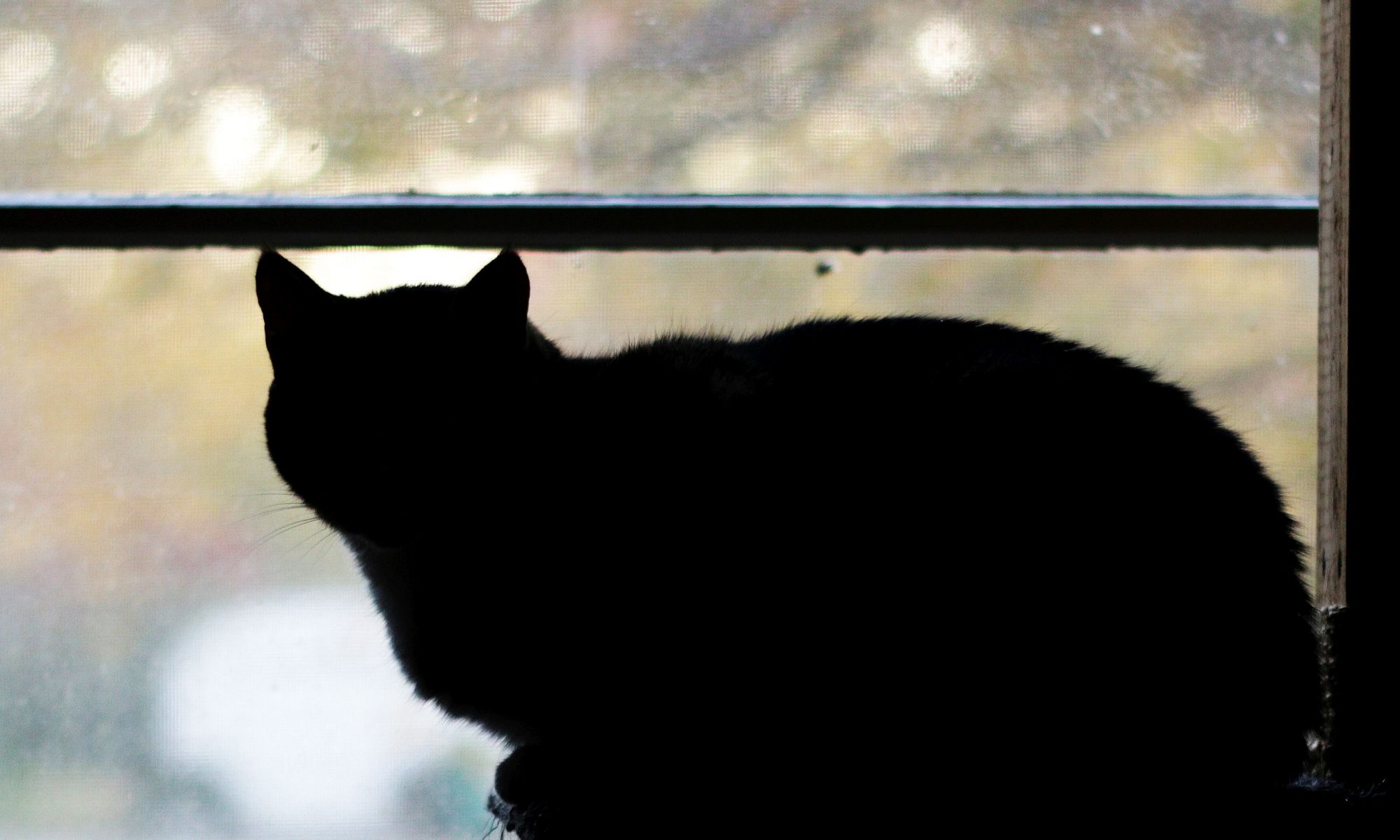GCP correcting improperly “shot flat” or underexposed footage
One of the most overlooked parts of video production is color correction and grading, especially for small videography houses like Gazing Cat Productions. Good color in your videos make a huge difference in the audience’s perception of quality and production value. Unfortunately, a trend that has been accelerating over the past seven years or so is the inappropriate use of camera settings known as shooting “flat” or shooting “log” on consumer-level camera gear. While it arguably started with Technicolor CineStyle being made available for large studios to match Canon 5D Mark III footage against Technicolor color film processing and “smart” DSLR filmmakers loading it onto their Canon Rebel entry-level cameras, it has become almost ubiquitous today, whether through color profiles like Panasonic’s Cinelike-D and Cinelike-V or through cranking down picture profile settings like contrast and saturation.
The idea behind all this wacky flat/log color profile stuff is that you get an increased dynamic range because more of your bits per pixel are used to store shadows and highlights instead of midtones. The damage that these picture profile changes can do to your colors are quite serious and are not completely repairable.
In almost all instances, it is not appropriate to shoot flat or log unless you have a camera that will output 10-bit color, preferably with 4:2:2 chroma subsampling instead of 4:2:0. Unfortunately, the cheapest camera I am aware of (as of October 2018) that can output 10-bit 4:2:2 is the $1,700-$2,000 (for the body only, no lens included!) Panasonic GH5. Everything lower-end than a GH5, be it the venerable Panasonic G7, the Sony Alphas, or all the Canon DSLRs that have more than one digit before the “D”, outputs 8-bit 4:2:0 compressed video files. That means that none of these cameras can store more than 8 bits of color per pixel and that 3/4 of the color difference information for every 2×2 block of pixels is thrown away. The entire 2×2 pixel block is reduced to one color with brightness as the only difference between the pixels.
Needless to say, you can’t pull some kind of “one weird trick to boost dynamic range!” that’s going to magically make these files store more data. They’re already throwing away 3/4 of the color data to reduce file size and in-camera processing power requirements.
YOUR VIDEO COLORS NEED TO BE CORRECT IN-CAMERA AT THE SHOOT. DO NOT WAIT UNTIL POST-PRODUCTION TO “FIX IT.” YOU WON’T EVER TRULY “FIX IT.”
Gazing Cat Productions can probably help you restore the correct colors to some of your improperly shot footage. The process can be labor-intensive and expensive in severe cases like the video at the top of this post. Your best bet is always to get things right in-camera at the shoot. If you need help, feel free to call GCP and we’ll be happy to assist you.
If you’d like to read more about this subject, there is a Reddit comment thread with several videographers explaining why they stopped using CineStyle and a post from 2014 explaining why Panasonic’s Cine-D picture profile sucks.


One Reply to “Color correction demonstration; why to NOT shoot flat or log on cheaper cameras”